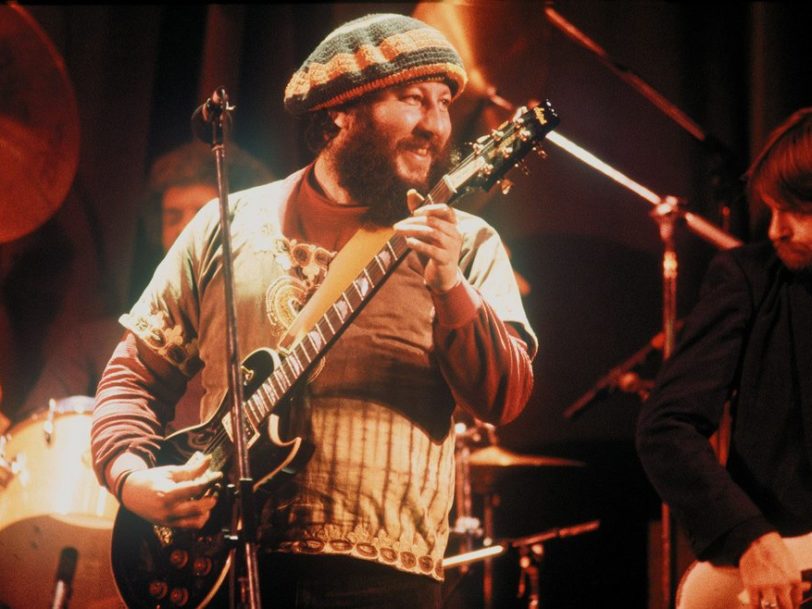Peter Green went from being one of the most influential blues-rock guitarists of his generation to a cautionary tale among 60s acid casualties. A sensitive soul motivated by his love of blues giants like Freddie King, Otis Rush and BB King, Green’s role in founding Fleetwood Mac quickly elevated him to becoming one of the era’s most distinctive and accomplished guitarists.
https://open.spotify.com/playlist/37i9dQZF1DX2s2cwqMcO31?si=nuEQBdQjSaOVZ9v0s-GKfg
By all accounts a quiet and introverted man, Peter Green disguised his innate shyness behind a 1959 Gibson Les Paul, but in three short years his music became ubiquitous, topping the UK charts. Though his discomfort with fame soon took its toll, Green’s inner torment inspired some of the late-60s’ most emotive, heart-rending songs – notably Albatross and Man Of The World – before he tragically faded from the limelight in an terrible, LSD-induced cloud of mystery.
While his successes were overshadowed by the world-conquering feats of Fleetwood Mac’s later years – the 70s albums Rumours and Tusk among them – his bandmates Mick Fleetwood and John McVie have never failed to praise Peter Green’s genius and frequently give interviews mourning the loss of the guitarist’s talent.
In a sad story of lost potential there’s much to celebrate about Peter Green, arguably the finest blues guitarist to ever hail from the British Isles.
Before the beginning: birth and the blues
Born in London on 29 October 1946, Peter Greenbaum grew up in Bethnal Green, honing his guitar skills from age 11 onwards amid the skiffle craze. Like many of his generation, Green cut his teeth in numerous skiffle bands before the early-60s music scene seduced him into learning blues licks while mastering the lead guitar in Peter Barden’s R&B outfit Peter B Looners (later renamed Shotgun Express). At the time, the most famous blues guitarist on the circuit was indisputably Eric Clapton; the ex-Yardbirds musician was playing with John Mayall And The Bluesbreakers, whose fans were so enamoured with Eric they famously scrawled “Clapton Is God” in graffiti on a wall in Islington.
Upon hearing that Clapton had quit The Bluesbreakers, Peter Green saw a chance for his big break and applied to fill the guitar god’s shoes. John Mayall was in no doubt of his greatness. “We’ve got a new guitarist,” he said to producer Mike Vernon, founder of Blue Horizon, the label that would go on to release Fleetwood Mac’s debut album. “We’ve got rid of Eric. This one’s much better.” At a time when blues-rock acolytes were still hero-worshipping Clapton, Peter Green slowly won fans over with his unique feel and displays of pure emotion. Even Green’s idol, BB King, later complimented him, saying, “He has the sweetest tone I ever heard. He was the only one who gave me the cold sweats.”
Assuming lead guitar on John Mayall And The Bluesbreakers’ third album, A Hard Road, Peter Green dispelled any comparisons to Clapton by demonstrating his mastery of rapturous, ever-lasting sustain on the instrumental cut The Supernatural. Green’s embrace of reverb and highly-composed finger vibrato was refreshing in an era when hyperactive, energetic virtuosos like Jimi Hendrix would come to prominence; his calm restraint is what made him so special.




